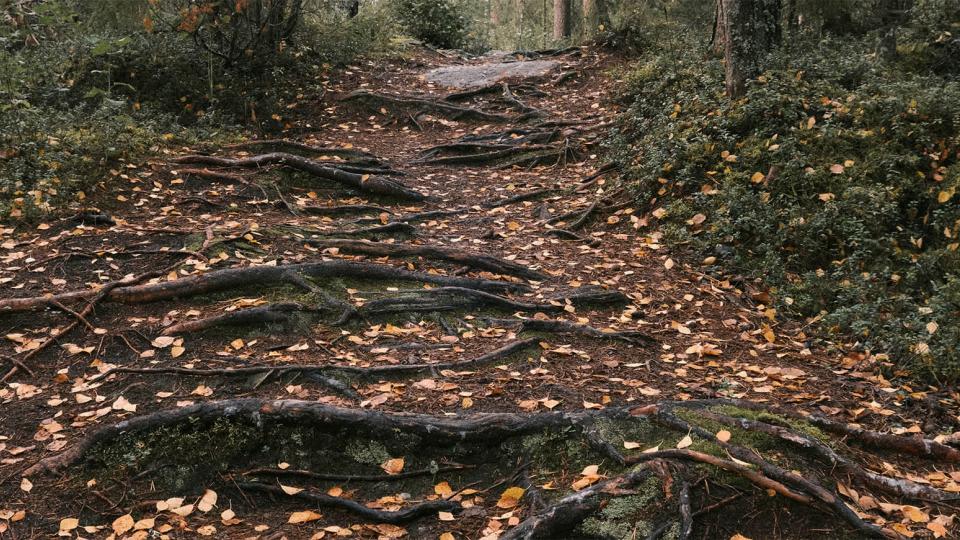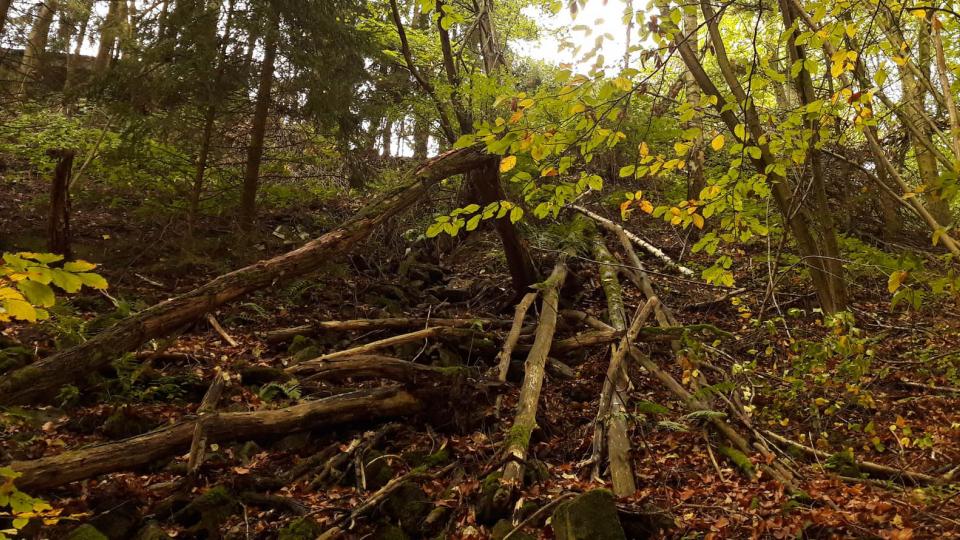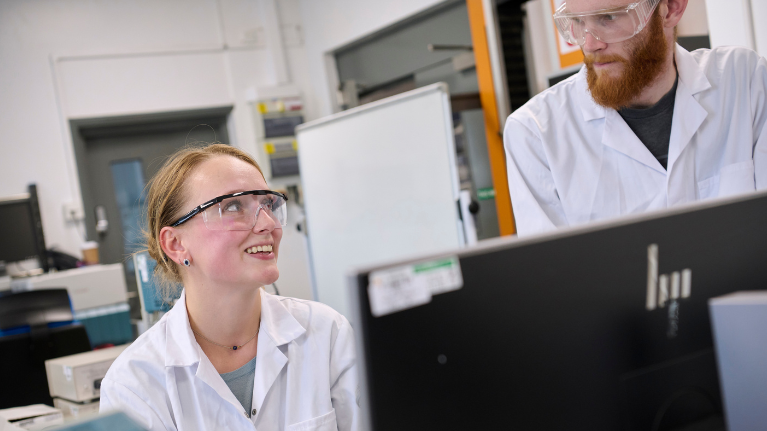
Mapping tree root configurations and architecture
summary
The aim of this project is to develop new algorithms and survey methodologies, to provide effective and high-resolution mapping of tree roots in dense tree-planting areas using non-destructive testing (NDT) methods.
About the project
Assessing and monitoring tree root configurations is an area of major challenge within the context of preserving tree health. Root systems vary in size, depth, radial development and nutrient needs. Depending on the tree species, detecting decay and risk areas can be complex tasks.
This complexity is exacerbated in dense tree-planting areas, where interconnectivity between the roots of different species may increase the risk of disease. Available techniques for tree root assessment are often invasive and do not allow to preserve root system integrity.
The applications of non-destructive testing techniques such as electrical resistivity tomography (ERT), time-domain reflectometry (TDR) and ground-penetrating radar (GPR) in this particular field have been recognised and appreciated in recent years.
Early investigations by the proposing team using GPR have produced promising results with an unprecedented scope for further research and development in this area. The main objectives of this research project will be:
- to develop effective tree root system surveys, health monitoring and assessment methodologies
- to develop an effective and comprehensive technique for mapping tree root systems of single trees in combination with different tree species.
Impact
A lack of standardised methodologies, rapid, and cost-effective approaches in mapping tree roots has become apparent over the years. This issue is emphasised by the challenge of detecting tree root systems in dense tree-planting areas.
This project will provide new directives in terms of algorithms and survey procedures capable of singling out potential decay areas within the root systems of different tree species, including isolated trees and those in highly dense tree-planting areas.
The research team
- Professor Amir Alani
- Professor Fabio Tosti
- Dr Lilong Zou
- Dr Livia Lantini
Find out more
-
Research Centres and Groups
Find out about our multi-disciplinary areas of expertise, PhD research, and teaching.
-
Research impact
Learn how our PhD research has helped communities locally, nationally and internationally.
-
The Graduate School
If you are interested in studying for a PhD or Professional Doctorate, the Graduate School is here to support your research.





